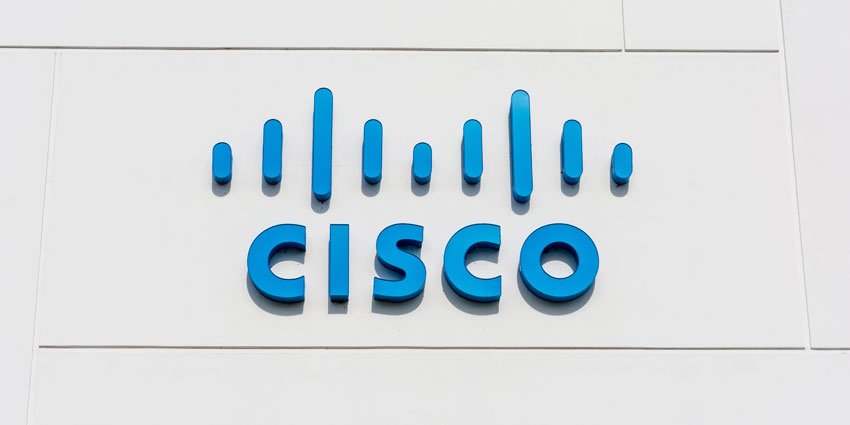Twilio recorded net losses of $186 million last quarter, taking its trailing-12-month net loss to an eye-watering $1.38BN.
Equally worryingly, its revenue growth has dried up, increasing by 15 percent year-over-year. This time last year, the figure sat at 48 percent.
Noting these results, one analyst claimed in a piece for The Motley Fool: “Twilio’s business model simply isn’t efficient.”
In doing so, they suggested that the business spent $2.1BN on the cost of goods and $2.8BN on various other expenses across the previous twelve months.
During that very same period, Twilio’s revenues fell short of the $4BN mark.
Twilio has taken action to address this disparity in recent months, cutting its workforce by 17 percent and readdressing its compensation structure.
Now, it is pledging to do more and bring the focus back to profitability. As Khozema Shipchandler, COO at Twilio, stated during a recent earnings call:
We’re trying to optimize for profit on the communications side while continuing to optimize for growth on the data application side.
Nevertheless, some will question whether these moves are enough, as increased investment in data applications may prevent the vendor from closing its profitability gap.
Twilio Urged to Pick a Lane
Twilio has a market cap of over $8.7BN, much more significant than many of its enterprise communications rivals.
To live up to this lofty figure, the vendor will likely have to start turning that revenue into profit or drive revenue growth significantly.
As Shipchandler’s comment suggests, the vendor is still somewhat trying to do both.
That perhaps reflects many of the issues industry experts have recognized with Twilio: it tries to do too much at once.
After its recent layoffs, Dan Miller, Founder & Lead Analyst at Opus Research, somewhat noted this.
“Twilio’s fundamental problem is its origin story,” wrote Miller on LinkedIn. “[It was] one of the very first CPaaS companies, a developer’s paradise and broker of text messages and DIDs.
“Success in those core activities funded expansion into promising, “growth” opportunities through acquisition and hiring. But the roots remain in the opportunistic developer communities, which led to agglomerating email marketing, customer data aggregation, analytics, and contact centers.
Problem is: there is no “there” there.
Indeed, spinning so many plates at once may be inhibiting Twilio’s growth in particular fields.
An excellent example of this is in CCaaS. Twilio released its platform – Flex – shortly after AWS released Amazon Connect in 2017.
With both framed as “developer-friendly solutions”, direct comparisons soon came aplenty. Yet, over five years later, AWS has a much more significant market share.
Some have suggested this is because AWS also pieced its solution together and developed pre-built solutions, increasing its addressable market. Meanwhile, Flex has largely remained a set of building blocks for developers.
By failing to take such moves and recognize the growing appetite for pre-built platforms, Twilio has stayed in the CCaaS shadows.
Caught Ofguard?
Many have also pointed the finger at Twilio’s acquisition of Segment – the customer data platform – as a possible distractor from its core business.
Chris Crosby, Founder and Managing Partner of CX Ventures, is one such industry expert. Taking to social media, he recently stated:
I think their massive hiring spree and pandemic fueled growth-bred arrogance into the organization and mediocrity into their products, coupled with Segment being a colossal miss (i.e., they spent $3.2B on the deal and never integrated Flex or Taskrouter data into it).
“They’re also operating in an incredibly commoditized space now and, I believe, were caught completely off guard with respect to GPT capabilities and having a real AI vision and roadmap.”
Indeed, Twilio has yet to launch any generative-AI-based innovation, unlike many of the most prominent vendors across the CX space.
Yet, that is not to say that the vendor will not. Indeed, according to The Motley Fool, it has $4BN on its balance sheet, which is four times greater than its debts.
As such, the business does have deep pockets to delve into as it battles to innovate, converge, and – ultimately – accelerate its revenue growth.
Moreover, Twilio has started to streamline its business in recent months, selling off its IOT business unit and out-of-the-box business texting platform Zipwhip.
Nevertheless, with second-quarter revenue growth projections of only four to five percent, the path back to profitability may be arduous.







